Gay pride and self-acceptance should go hand in hand, but often find themselves coming to blows when it's Gay Pride Month. Why?
Dealing with Beliefs and Attitudes about Pride
Navigating gay pride can be frustrating, especially when beliefs and attitudes swing to the extreme.
On one extreme is the over-the-top display of sexuality, gay caricatures, tropes, and stereotypes.
On the other, subdued, cringy feelings of embarrassment, frustration, and anger over being objectified.
You also have the media, politicians, and corporate entities taking advantage of the opportunity to be associated with the festivities for attention, votes, and money.
Religious institutions and conservative organizations throw in their two cents, too, using the most outrageous displays as rationale for establishing or changing laws.
Putting Pride Month in Perspective
Understanding Collective Trauma
In an APA Presidential Task Force paper, the American Psychological Association describes the concept of collective trauma as:
"...traumatic interpersonal interactions between the minority and majority group members, such as gender-based violence, micro-(for example, insults), and macro-aggressions (e.g., hate crimes), and governmental and non-governmental systems perpetuating discrimination, war, political and religious persecution, trafficking, and torture.”
APA Presidential Task Force — Culturally Informed Trauma and Grief Recovery Toolkit
Historical oppression that includes criminalizing gay behavior, being socially ostracized, and subjecting gay individuals to violent attacks leaves a mark on the psyche. You can only push a collective group of people down so far before they fight to reclaim their space and identity. In many respects, Pride Month creates a type of space.
When it comes to collective trauma and the gay experience, there are many nuances, overlapping aspects, and degrees of intensity that affect peoples’ perceptions and reactions.
Being gay is a broad experience. Being a gay person of color or a gay individual in a hostile country is less broad and more intense.
But everyone under the LGBTQ+ umbrella shares certain aspects of the collective experience.
When you metaphorically bring everyone together in recognition of the “umbrella,” Pride Month or a pride parade, you’re giving space to express an identity that for many had been forced down and out of view for a long time. And now it’s roaring back to the surface in a way that could be seen as forceful, pushy, or over the top.
Pent-Up Suppression
After 20+ years pushing my own gayness out of sight, remaining closeted, participating in religious groups to change myself, hiding in fear of the dreaded “gay agenda,” coming out was a release of all that buildup of shame, desire, and conflicting emotions.
It didn’t happen during Pride Month or National Coming Out Day. For me, it was a slow progression.
However, I can relate to the feeling of euphoria that many experience during, for example, a pride parade. You’re free, no one’s judging you, and no one cares that you’re different.
It’s similar to a pressure cooker releasing steam. The more suppressed and shut down you are over your whole life experience, the more extreme the release once there’s no need to hold back.
Solidarity and Visibility
There’s also something to be said about being in something together and being seen in that context.
The “It Gets Better” movement was one of those moments. You had everyone chiming in on their bad experiences being gay, but also attesting to some degree that things eventually get better.
Pride Month affords an opportunity for people of all backgrounds to come together to acknowledge something that often forced them into hiding and pretending. Instead of shame you let yourself feel pride.
Pride events and celebrations become a bonding experience. Admittedly, the bonds don’t necessarily go very deep, but the trade-off is a feeling of visibility and acceptance among allies and people of your kind.
Drawing the Line
Fear drives people to do all kinds of things. The fear of going back to something intolerable that you were fortunate enough to escape — I mean, you will do just about anything to get the point across that you are not going back to that bad situation.
Taking up an identity is one way to convey that message. You were “that” before and now you are “this.”
This is a difficult concept for many, especially outsiders, to grasp.
“What do you mean? I don’t go around parading my ‘straight identity.’ We don’t have ‘straight parades’ or ‘Straight Pride Month.’”
The hesitancy isn’t limited to straight people though. A fair number of gay men don’t understand why you can’t keep these things to yourself. Why rock the boat?
Proclaiming an identity is a way of asserting control over something that felt out of your control and often tied to negative experiences growing up and where you felt vulnerable or inadequate. Pride becomes the line in the sand that you are no longer willing to cross after undergoing years of duress related to your sexuality and then finally getting away from it.
Celebrate Pride (or not) on Your Terms
Whether you choose to participate in pride-related activities or not is your business.
You are you and no one can force their beliefs or opinions on you.
That doesn’t mean you won’t be exposed to them or can avoid them altogether, but the decision is always yours, without shame, fault, or blame.
Personally, I enjoy rainbows. To me, they’re fun and colorful and I love decking my dog out in them. He wears them well!
To me, Pride Month is more about feeling confident than it is about forcing an identity on the world like some kind of exterior form of bravado.
I don’t like crowds very much and safety is always top of mind, so I usually don’t attend the parade. Have I in the past? Of course, especially in the years I was newly out. I was actually on a float once. But you can just as equally celebrate who you are quietly in the comfort of your home by yourself. Or, in a small group with close friends or family.
Embrace Your Pride Journey
Being gay is deeply personal and unique.
It’s a process that involves not only accepting and understanding who you are, but dealing with the complexities of a world that’s either trying to understand you too (at best), or marginalizing in a way that creates a sense of inferiority.
If you’re prone to groaning and rolling your eyes when it comes to Pride Month, take the journey inward and ask yourself why. Not with judgment, but with curiosity. What makes you uncomfortable, angry, or dismissive about it?
Acknowledge the feelings, then just let them go. If you can’t let them go, find a way to channel them in a way that feels empowering to you.
Disclaimer: The information and perspectives shared in my posts, articles, and videos are based on my personal experiences and reflections. I am not a licensed therapist, counselor, or medical professional, and this content should not be considered a substitute for professional advice. If you are experiencing distress, depression, or mental health challenges, please reach out to a qualified professional who can provide the help you need. For immediate support, contact a mental health provider or, if you are in crisis, please call the Suicide & Crisis Lifeline at 988 (available in the U.S.) or your local emergency number.

